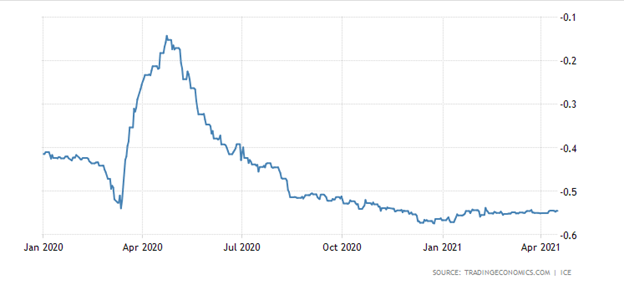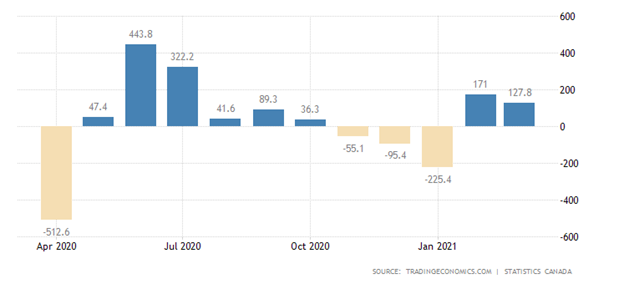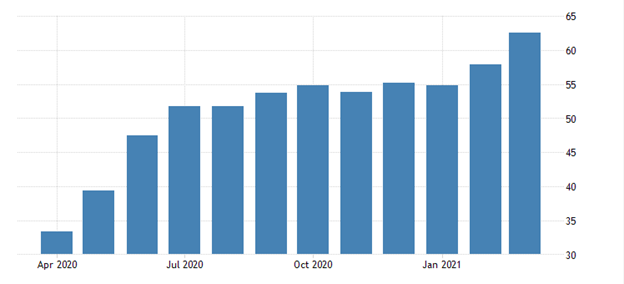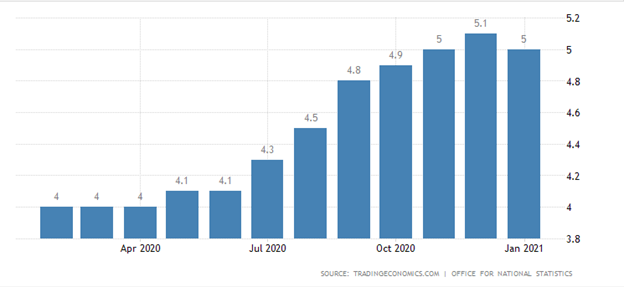During the upcoming trading week the European Central Bank and Bank of Canada interest rates decisions and monetary policy statements are set to be the main focus for financial markets participants.
Other key highlights on the economic docket this week include the release of the Reserve Bank of Australia meeting minutes, the release of preliminary monthly eurozone PMI manufacturing data, and a key interest rate decision from the People’s Bank of China.
This week will also see a raft of high-impacting macroeconomic data points being released from the United Kingdom and manufacturing PMI numbers from the United States economy.
ECB Rate Decision & Policy Statement
Traders looking for a new hawkish tilt from the European Central Bank may be left disappointed this week, as the central bank meet to decide on rates and monetary policy this Thursday.
The ECB are likely to be amongst the most of cautious of global central banks given the uncertain nature of the eurozone economy due to rising COVID-19 infections in the core of the eurozone, especially Germany and Italy.


Much of the focus will be on Christine Lagarde’s questions and answers session this week, as Europe battle low growth and low inflation. The ECB President will be closely grilled over QE and the lack of price pressure inside the European economy, at a time when stock markets across Europe are surging.
Optimism may be contained to stocks as the ECB are unlikely to budge from their recent stance of keeping the foot on the pedal in terms of bond buying and talking down the eurozone’s economic outlook.
Bank of Canada Rate Decision
The Bank of Canada are unlikely to raise rates this week, however, they are amongst a select few central banks with reasons to be feeling positive right now as the domestic jobs market is running hot, as evidenced by last month’s jobs number and the Canadian unemployment is in freefall.


It is likely that the central bank will acknowledge that the rise in oil prices has been a boon for heavily oil dependant Canadian economy. The outperformance in WTI oil has been particularly fortunate for Canada and has added to the dropping unemployment rate.
The Bank of Canada will leave the door open for a potential reduction in QE down the road and may be cautious in their policy language as the Canadian dollar is very strong against the US dollar right now, which is something they will very wary about.
EU Manufacturing PMI
The release of eurozone manufacturing data will be fascinating this week, as most economists are predicting a decline in both manufacturing and services PMI data due to a rise in COVID-19 infections across Europe.
Expect the euro currency and eurozone stocks to take it on the chin if this comes to pass. Last month the eurozone manufacturing PMI came in at 62.5, which suggested the strong improvement in operating conditions in over two decades.


Last month’s PMI data showed that inflationary pressures mounted, while business confidence held at an all-time high. The charts show that the trend in PMI data is at a critical juncture, meaning that a trend change, or a trend explosion could take place. Without a doubt the markets, and many investors eyes will be on Friday’s preliminary PMI data.
UK Jobs
The United Kingdom has a lot of buzz surrounding it at the moment, as lockdown comes to an end before many other top tier eurozone nations do. The UK stock market also looks red hot, with the FTSE100 breaking 7,000 and the FTSE250 advancing to a new all-time record price high.


Last month the UK unemployment rate turned a corner and dropped for the first-time since April 2020. Optimism is therefore high that the UK claimant count will drop, and the unemployment rate will once again fall.
Sterling and FTSE100 traders will also be on high alert for United Kingdom retail sales later this week. It is possible that April’s retail sales number will be much better than last months due to lockdown ending in the UK.




